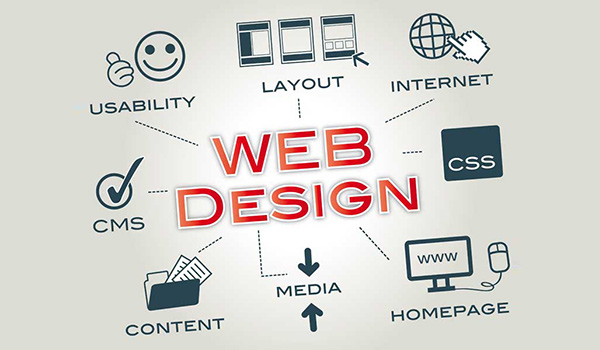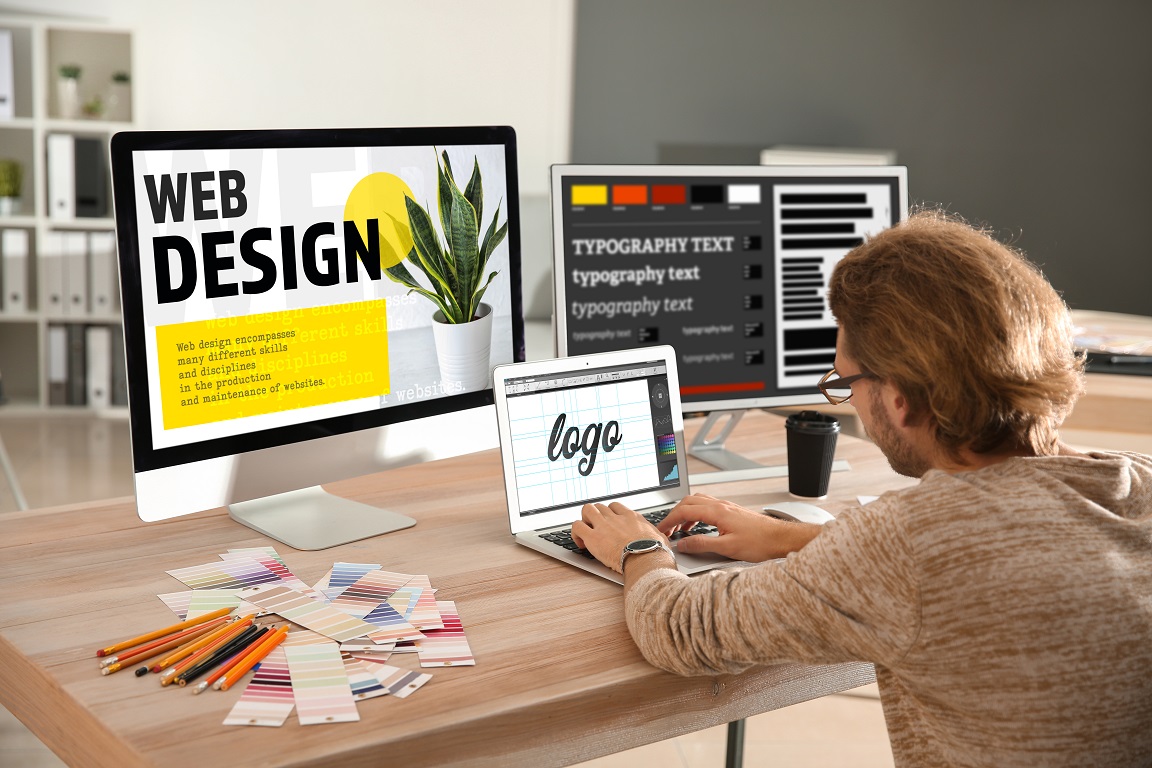Aligned Position Web Design: Tailor-Made Web Design Solutions for Maximum User Engagement
Aligned Position Web Design: Tailor-Made Web Design Solutions for Maximum User Engagement
Blog Article
The Best Kinds of Website Design to Improve Customer Experience and Involvement
In the ever-evolving landscape of electronic communication, the efficiency of website design considerably impacts user experience and interaction. Numerous design strategies, such as minimal, receptive, and interactive layouts, each offer unique benefits that can deal with diverse individual requirements. Understanding which kinds of Web style best serve these purposes can be pivotal for companies intending to boost client contentment and retention. Nevertheless, the inquiry remains: which layout elements truly resonate with customers and foster meaningful interaction? The exploration of these concepts reveals vital understandings that might redefine your strategy to website design.
Minimal Website Design
As digital landscapes end up being increasingly messy, minimalist Web design has actually arised as an effective approach to boosting individual experience. This layout ideology prioritizes simpleness, concentrating on essential components while removing unnecessary disturbances. By using adequate white space, simple navigation, and a minimal color combination, minimal design cultivates clearness and routes customer attention to vital web content.
The core principle of minimal Web style is to create a smooth interaction for users. By reducing cognitive load, individuals can quickly grasp details without really feeling overwhelmed. This direct approach not only boosts usability yet additionally encourages involvement, as site visitors are more probable to explore a website that is easy and aesthetically appealing to browse.
Furthermore, minimal design commonly stresses typography and images, using these aspects purposefully to convey messages efficiently. In significance, minimalist Web style is not simply a fad; it is a thoughtful methodology that acknowledges the importance of user-centered style.
Receptive Web Layout
In today's diverse digital setting, responsive website design has ended up being necessary for producing a smooth customer experience throughout a multitude of devices. As users accessibility internet sites on smart devices, laptops, desktops, and tablet computers, the ability of a site to adapt its layout and content to different display sizes and resolutions is essential.
Responsive Web design uses adaptable grids, images, and CSS media queries to ensure that Web material is offered efficiently, no matter the tool made use of. This strategy not only enhances the aesthetic appeal of a site but also significantly boosts functionality. Individuals are extra most likely to engage with a website that uses a constant experience, as it eliminates the stress of having to focus or scroll excessively.
By adopting responsive layout, organizations can enhance their presence and reach a wider target market. In summary, receptive Web style is a fundamental technique that improves individual experience, engagement, and overall satisfaction.
Interactive Website Design
Receptive Web design lays the groundwork for improving user experience, yet interactive Web design takes this a step even more by involving users in an extra vibrant means - Aligned Position Web Design. By incorporating elements such as computer animations, clickable models, and real-time responses, interactive website design captivates individuals, attracting them into a richer browsing experience
This strategy not just cultivates interaction yet also urges users to explore content actively as opposed to passively eating it. Strategies such as gamification, where users earn rewards for completing jobs, can significantly enhance the time spent on a website and boost overall complete satisfaction. Moreover, interactive functions can streamline complicated info, making it more satisfying and digestible.

Including interactive design aspects can likewise lead to higher conversion rates, as users are most likely to involve with a website that actively includes them. Aligned Position Web Design. Inevitably, interactive website design transforms user experiences right into remarkable trips, ensuring that site visitors return time after time
Apartment Layout
Identified by its minimalistic approach, flat design emphasizes simplicity and capability, removing unneeded aspects and concentrating on crucial features. This style approach prioritizes usability, making sure that customers can browse user interfaces with convenience and performance. By utilizing a clean aesthetic, flat layout gets rid of the clutter commonly discovered in a lot more luxuriant styles, thereby boosting customer emphasis on content and functionality.
The hallmark of level style depends on its use of bold shades, basic typography, and geometric forms. These components contribute to a visually appealing user interface that is both contemporary and friendly. Furthermore, flat style cultivates a feeling of clearness, permitting users to discern important activities and info without interruption.
Additionally, level layout is especially effective in responsive Web layout, as its simpleness equates well throughout numerous devices and screen sizes. By concentrating on important functions, level layout not only meets customer needs however also motivates seamless communication, making it an Get the facts important element of efficient Web design techniques.
Flexible Website Design
Adaptive website design personalizes the user experience by developing multiple fixed layouts tailored to various display dimensions and devices. Unlike receptive layout, which fluidly changes a solitary format, flexible design employs distinct layouts for details breakpoints, ensuring optimal presentation on various platforms. This method allows developers to concentrate on the unique characteristics of each tool, enhancing use by providing precisely what users require based on their context.
One of the primary advantages of adaptive Web layout is its capacity to maximize lots times and efficiency. By serving customized material and images that fit the user's device, web sites can minimize data usage and webpage improve loading rates. This is specifically useful for individuals with slower connections or restricted data strategies.

In addition, adaptive layout promotes a more constant and controlled branding experience. Because developers create several formats, they can make sure that the aesthetic components align with the brand name's identification across different platforms - Aligned Position Web Design. This leads to a natural customer experience, boosting engagement and advertising user retention
Final Thought
To conclude, the integration of minimal, receptive, and interactive Web design principles substantially boosts individual experience and involvement. Minimal layout cultivates clarity and emphasis, while receptive design makes certain flexibility across various devices, advertising accessibility. Interactive design captivates users with vibrant elements, encouraging exploration and personalization. Collectively, these style approaches contribute to the creation of user-friendly atmospheres that not only boost satisfaction but also drive greater conversion prices, highlighting their critical importance in modern website design methods.

Minimalist design cultivates clarity and focus, while responsive layout ensures versatility across various devices, promoting availability. Collectively, these style approaches contribute to the creation of user-friendly environments that not only enhance fulfillment yet additionally drive greater conversion prices, highlighting their vital importance in contemporary Web style methods.
Report this page